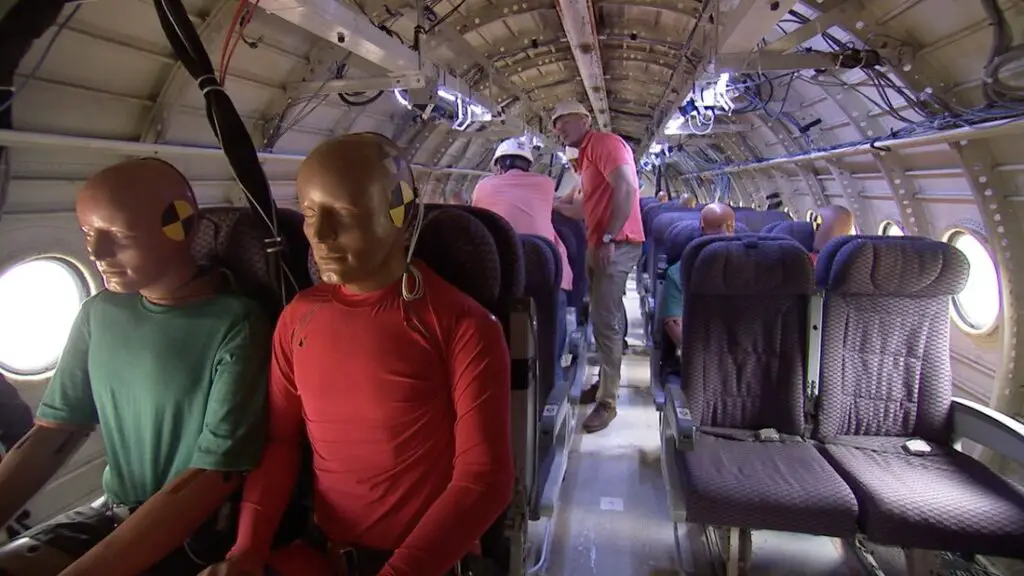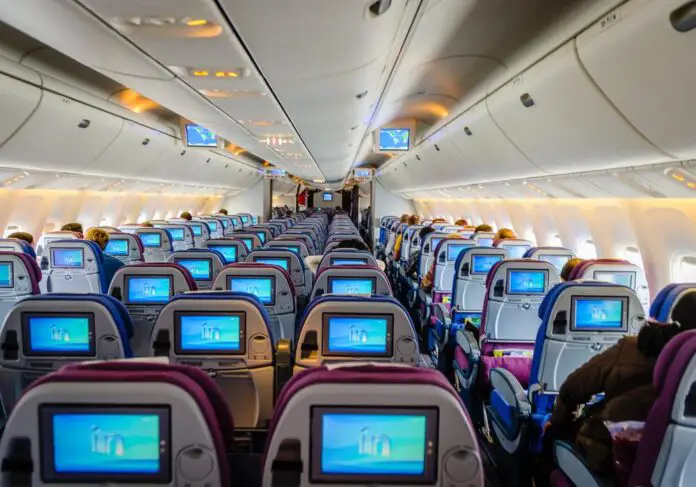The American Aviation Authority FAA determines the actual passenger dimensions of today. This aims to adjust the seat width and seat pitch angle to requirements for better cabin dimensions. Thus, evacuations in emergency situations will always be carried out within the stipulated time.
The FAA has set up a public hearing by November to ask U.S. passengers their seat size needs in writing. The FAA determined that the evacuation tests required for aircraft certification no longer reflect their suitability for actual passengers.
Due to safety and risk of injury; children, the elderly, the sick, and the disabled are not allowed to participate in these tests as test subjects.

There is an evacuation time of 90 seconds in case of emergency.
All commercial aircraft should be able to evacuate more than half of the passengers from emergency exits within 90 seconds. Only pilots are evacuated on their way from the cockpit through skylights or side windows. In recent years, many airlines have made the available space on board the plane increasingly cramped for passengers. They explain the reason for this as costs.
In some cases, the distance between the rows of seats has been reduced by 28 inches. Many overweight passengers no longer fit in regular seats, even in terms of seat width, and can only sit in very uncomfortable or even medically suspect positions.
This also limits the seating comfort of those sitting directly next to you. Airplane congestion is exacerbated by more carry-on luggage in the cabin, as airlines usually only allow luggage storage for an additional fee.





